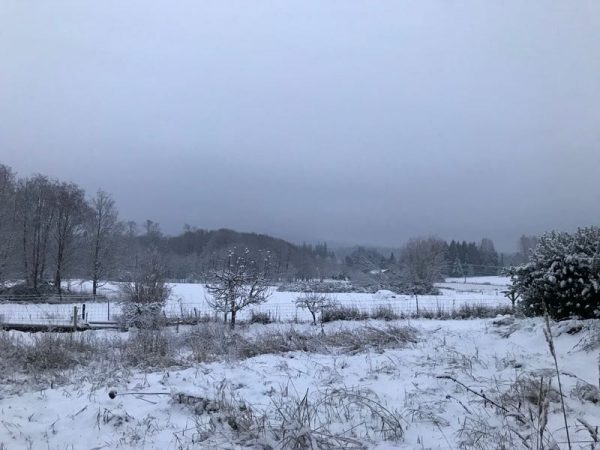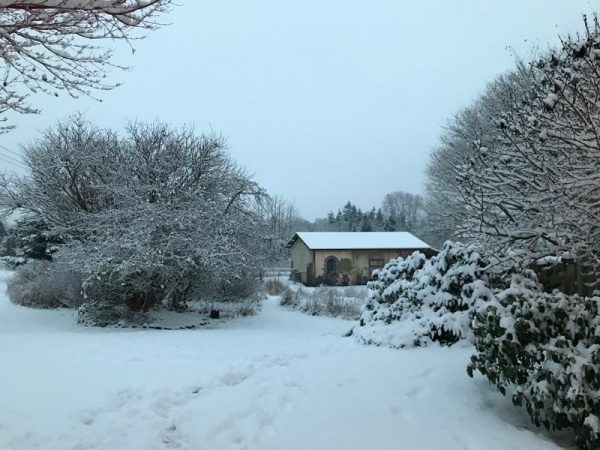 On Friday, May 3rd, John and Hayley got married.
On Friday, May 3rd, John and Hayley got married.
The wedding was held on the beach at Bolsa Chica State Park on a beautiful, Southern California day with the sun shining brightly and a light breeze which kept the temperatures down.
I was very proud to propose a toast to the happy couple from John’s “Parental Unit” which consisted of me and Colleen, as well as Kirin and James.
Here are pictures:
[cws_gpp_images_by_albumid_gp theme=projig id=”ABIVLU8ZdY0z8R1FEA5FMunvW1w7MZLP0WMLhl_A5SodiVv8RpkTI1n18oEBQMfywCR_WZgbQ627″ thumb_size=250 show_details=1 row_height=200]


































